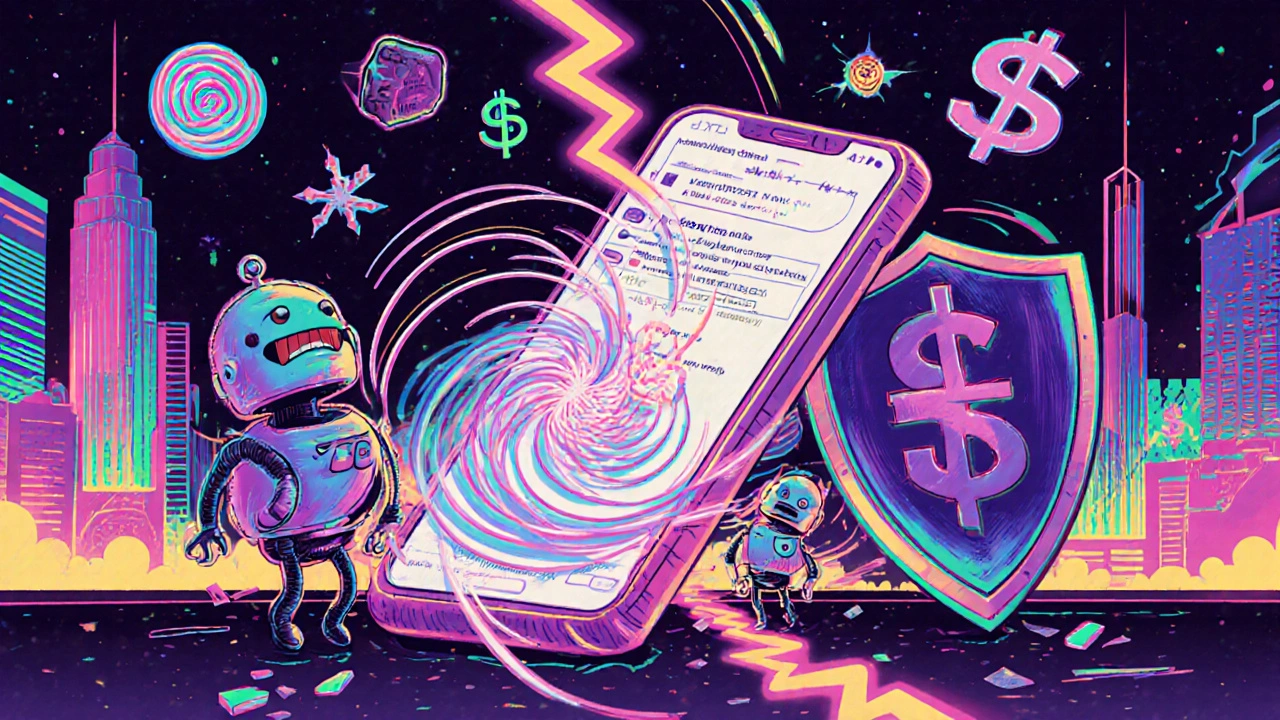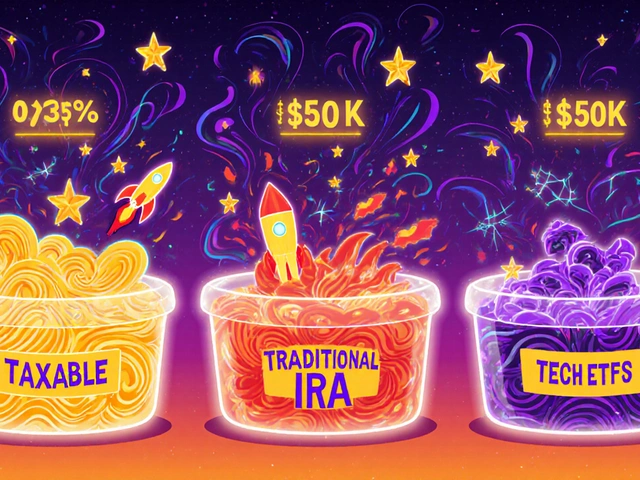Financial App Uptime: Why Your Investment Platform Can't Go Down
When your financial app uptime, the percentage of time a trading or investing platform remains accessible and functional. Also known as platform availability, it’s not a backend metric—it’s your ability to buy, sell, or protect your money when it matters most. If your app crashes at 3 a.m. when the market drops 5%, you can’t just refresh and wait. You’re locked out. No trades. No stops. No exits. That’s not a glitch—it’s a financial risk.
Real investors don’t just care about fees or app design. They care about whether their platform works when panic hits. In 2023, Robinhood had a 99.8% uptime—sounds good until you realize that 0.2% means over 17 hours of downtime a year. Meanwhile, Interactive Brokers hit 99.99%, which is less than an hour lost. That difference? It’s the gap between losing a chance to cut losses and watching your position bleed out. trading platform reliability, how consistently a financial service stays online and responsive under pressure isn’t marketing fluff. It’s survival. And it’s not just about big outages. Slow load times, delayed order confirmations, or login timeouts during volatile sessions? Those count too. They’re silent uptime killers.
Financial app uptime ties directly to broker system stability, the underlying infrastructure that keeps trading systems running during high traffic or market stress. Platforms built for retail users often cut corners—shared servers, basic cloud setups, minimal redundancy. Professional-grade brokers invest in multi-region data centers, real-time failover, and 24/7 monitoring. That’s why you’ll see firms like Charles Schwab or Fidelity rarely report outages, even during Fed announcements or earnings season. Their systems are built like banks, not apps. And financial technology availability, the broader measure of how accessible digital finance tools are to users at any given moment isn’t just about the app. It’s the APIs, the mobile networks, the authentication servers—all of it has to hold.
Here’s what most people miss: downtime isn’t just about missed trades. It’s about trust. If your app goes down every time volatility spikes, you’ll start second-guessing your strategy. You’ll delay decisions. You’ll move money to a competitor. And when you finally get back in, you’ve already lost ground. That’s why top investors track uptime reports—not just for themselves, but for the platforms they depend on. They check third-party monitoring sites like Downdetector or StatusGator. They read Reddit threads after major market moves. They ask: "Did anyone else get locked out?"
There’s no perfect system. Even the best platforms have hiccups. But knowing which ones have the track record, the redundancy, and the transparency makes all the difference. The posts below break down real-world examples of outages, compare platform reliability scores from 2024 to 2025, and show you how to spot the warning signs before your next trade gets stuck. You’ll learn which brokers have proven uptime, what to ask your provider, and how to build a backup plan so your money never sits idle because a server blinked.





